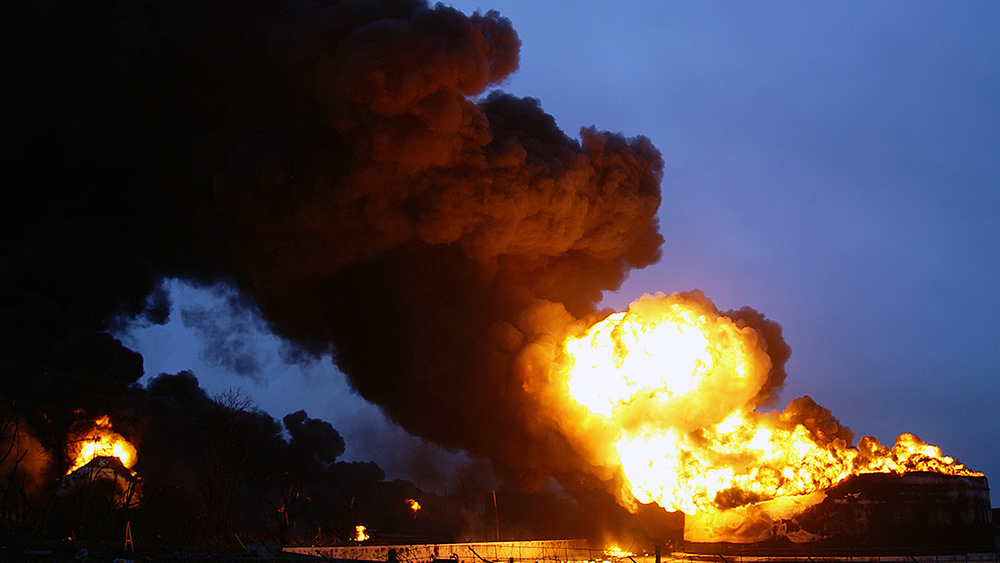
Federal Maritime Commission (FMC) Commissioner Carl Bentzel is calling for a policy debate on the long-term effects of America's "complete reliance" on Chinese container manufacturing.
"[The] Chinese container manufacturing industry clearly took steps together to suppress the market prior to the pandemic. Those efforts resulted, partly, in the congestion issues and increases in containerized prices, and magnified the issues created by congestion down the line. So they used their market power to control the market. The question is, can they use their level of control adversely in other areas?" Bentzel told FreightWaves.
On March 30, Bentzel issued a report showing the results of a yearlong probe into China's monopoly over ocean container production.
Bentzel announced to attendees during a virtual business meeting hosted by the Intermodal Association of North America in May last year that he was looking into the availability of containers, intermodal chassis and railroad equipment, and whether the U.S. has become dependent on such equipment owned and managed by China.
Chinese companies dominate global container manufacturing market
The report described the current status of the container manufacturing market, in which three major state-run Chinese companies and a few smaller ones, control the vast majority of the global market.
"The fact that the PRC [People's Republic of China] controls an industry that has a near de facto worldwide monopoly in the production of shipping containers should be deeply concerning," the report said.
It found that the three largest Chinese manufacturers control over 86 percent of the world's supply of intermodal chassis, and those same companies manufacture over 95 percent of containers in the world's market, including U.S. domestic train and truck intermodal containers.
When demand for ocean containers increased, the report said, Chinese-based intermodal equipment manufacturers were notably slow in ramping up production – raising the question of whether this was part of a deliberate strategy to manipulate prices.
The Department of Commerce has determined that Chinese container and chassis manufacturers are state-owned and controlled and are the recipients of large government subsidies.
The report also mentioned that Chinese container manufacturers considerably increased production in 2021, but pointed out that "the price of containers is an indication of ongoing scarcity, in part attributable to the slowdown in production in 2019-20, and in part attributable to congestion." (Related: Massive congestion in Chinese ports indicate global supply chain disruptions will continue.)
The latest container price is now $3,500 per cost equivalent unit (CEU), which is considerably higher compared to the $1,800/CEU in early 2020 and $2,500/CEU in late 2020. According to the report, the price "has remained roughly steady" at $3,500 for the past three months. CEU is a measure of the value of a container as a multiple of a 20-foot dry cargo unit.
Through the Foreign Shipping Practices Act (FSPA), which was passed into law in 1988, the FMC has expansive authority to take actions against the activities of foreign governments, foreign carriers and foreign maritime service providers for restrictive trade practices that adversely affect U.S. carriers in foreign trade. But Bentzel doesn't want to take rash actions.
"The report doesn't make recommendations on whether the FMC should conduct an assessment under the FSPA because I don't feel comfortable making it at this point. There would have to be political will beyond a report issued by one FMC commissioner. But we do put out there the threat of potential market manipulation," Bentzel said.
Bentzel’s report also mentioned the growing container and intermodal chassis manufacturing in the U.S, citing efforts by corporations like Global Secure Shipping to market a new smart container produced utilizing composite shipping materials with technology made through research by the University of Maine and Georgia Institute of Technology.
Watch the video below about the Chinese "Trojan Horse" shipping containers.
This video is from the AmericasConsequences channel on Brighteon.com.
More related stories:
Shipping costs to the US surge as supply chain crisis continues to accelerate.
Sources include:
Please contact us for more information.




















